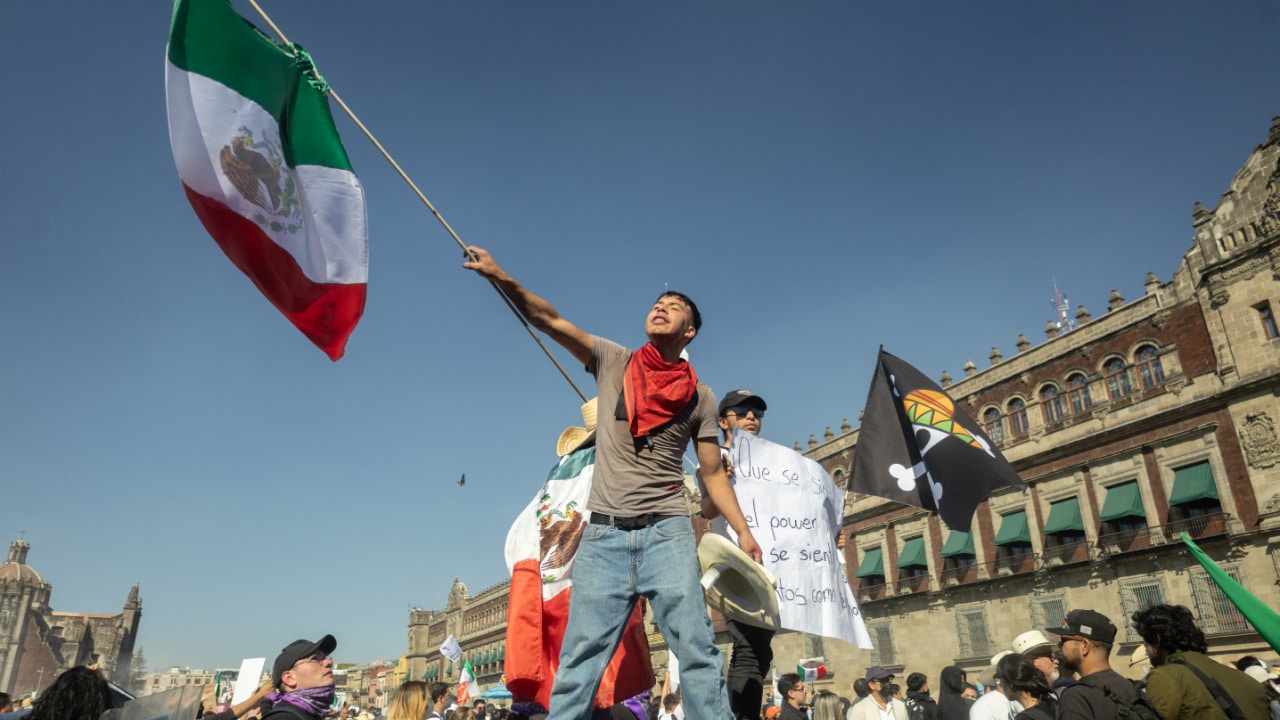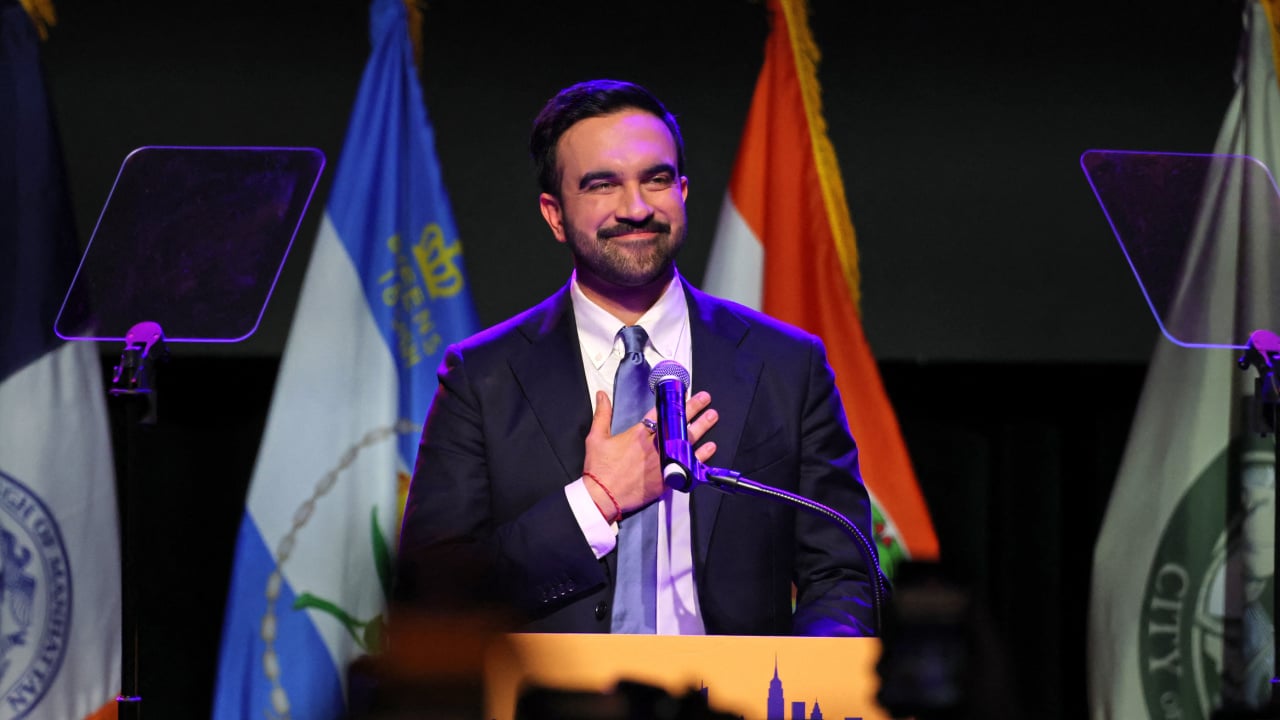Pablo Escobar’s Museum Home Demolished After Medellin Judge Order, Natives Hoping ‘Narcotourism’ Ends
Pablo Escobar‘s museum home in Medellin, Colombia, known as Casa Museo Pablo Escobar, has been torn down.
A judge ordered the demolition of the museum because it lacked a municipal permit. However, as per El País, the move might actually have been based on Medellin’s desire to stamp out its infamous past.
While “narcotourism” is a major draw for international travelers, some Medellin natives describe Escobar’s legacy as an “open wound.” As one Medellin tour guide explained to Los Angeles Times, “Once Netflix came out with ‘Narcos,’ that’s when everything blew up.”
Still, as Medellin’s tourism secretary Alejandro Macías shared with the outlet, the city is evolving from its association to narcos. “We can’t deny our history. But we are seeing a new narrative in which Medellin is transformed.”
Now, the demolition of Casa Museo Pablo Escobar is just another step in eradicating the Medellin Cartel leader’s dangerous legacy.
Pablo Escobar’s brother tore down the museum after the judge’s order
One look at Casa Museo Pablo Escobar’s website shows that the tour offered an inside look into the drug kingpin’s daily life.
As per the tour description, visitors could glimpse Escobar’s cars, crashed plane and helicopter parts, the narco’s very own Lambretta motorcycle, and James Bond’s wetbike.
El País also reports that the home contained a portrait of Escobar with actor Marlon Brando, a desk with secret weapon hiding places, a painting of his horse,Terremoto, and even his trusty fur hat.
Interestingly, Escobar’s family members ran the museum. The tour’s website corroborates this, reading, “Learn the history of Pablo Escobar, from his most intimate bond… his family.”
“The owners of the tour are Escobar family members, who open their doors to share his story with you.”
In fact, the drug lord’s brother, Roberto Escobar, also known as “Osito,” welcomed tourists into the home.
Famously working daily in the museum, Escobar promised visitors his infamous brother’s “real and true story.”
However, once the Medellin government ordered the museum’s demolition, Escobar’s older brother rushed to tear it down before they did.
Escobar’s legacy is a polarizing part of Medellin’s history
While countless tourists flock to Medellin to learn about Pablo Escobar and his cartel, many people from the city hope to end it.
As former mayor of Medellin, Sergio Fajardo, wrote in The New York Times, Escobar’s story is a “profoundly complex reality” for the city.
“The case of ‘Narcos’ hurts us, because representing Medellin through Escobar and his insane violence again is reopening a wound that hasn’t completely healed,” he wrote.
Of course, as Fajardo puts it, many have long considered Escobar the “Paisa Robin Hood” for redistributing his wealth to impoverished people. This is just one of the reasons the drug lord’s story still appeals to people today, with one Pablo Escobar fan telling Los Angeles Times: “Yes the deaths are very sad. And I don’t support this violence… But how can one person accomplish all that Pablo did?”
Over on Twitter, some are expressing their disappointment at the home’s destruction. One user wrote that authorities should have “improved” the museum and “helped people living in poverty with the profits.”
However, many are applauding the demolition. One Medellin native wrote on Twitter that the home’s destruction was “good news.” He asked, “When will they stop revering [Pablo Escobar]?”
Yet another Twitter user referred to the museum as a “ridiculous tribute to an assassin.”




